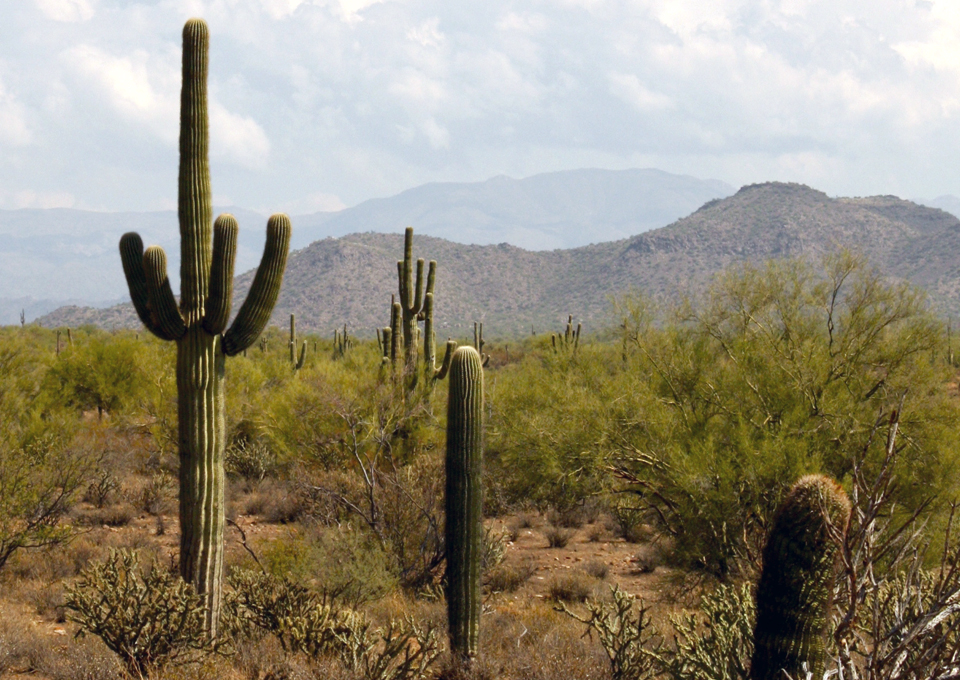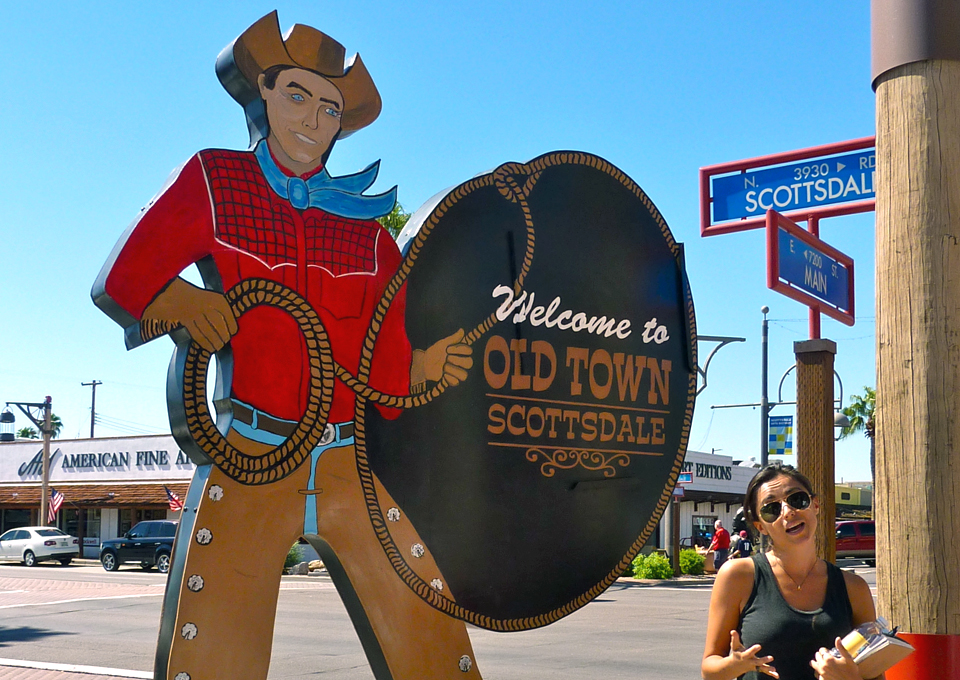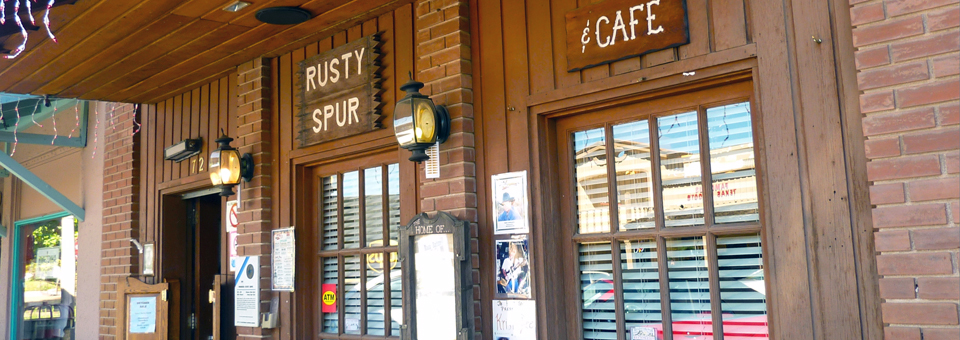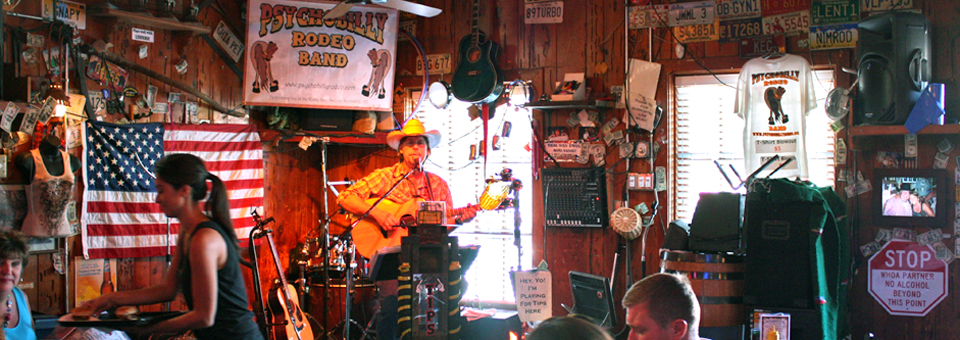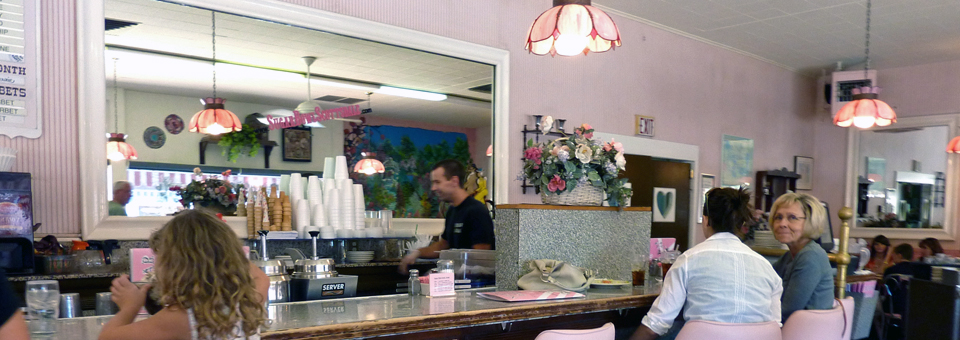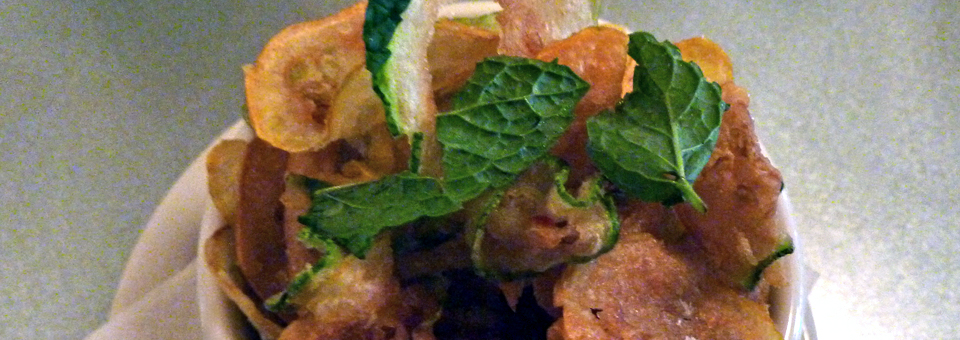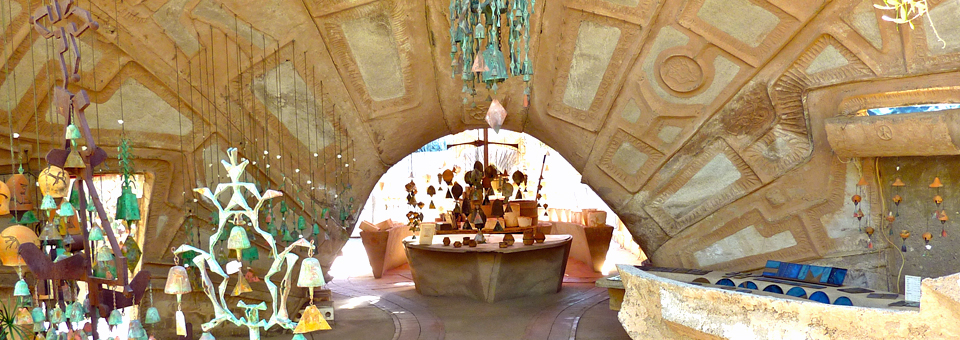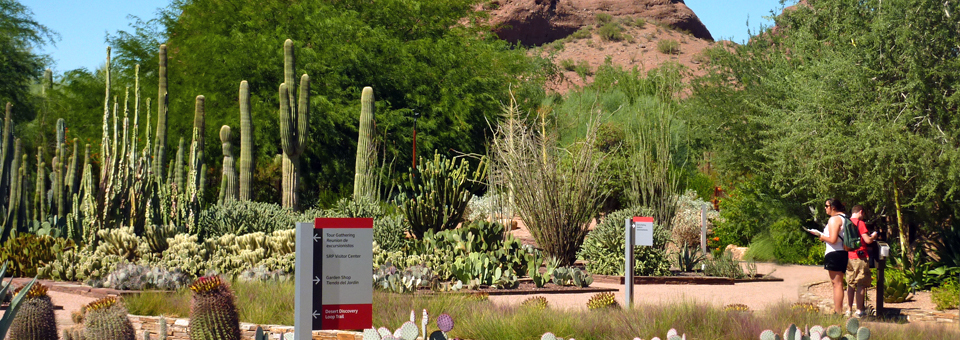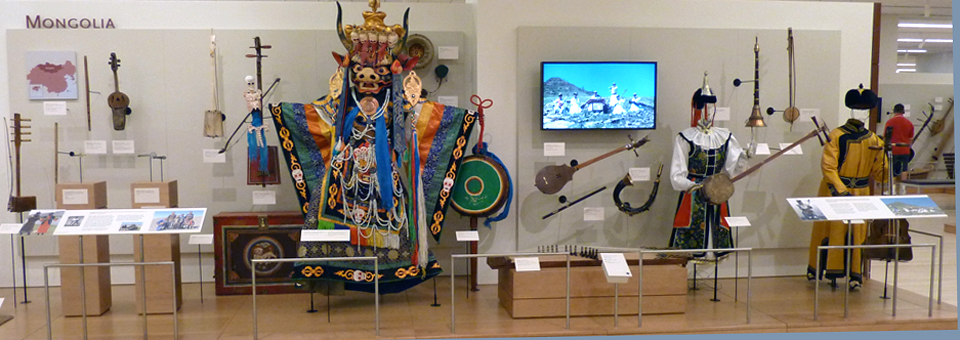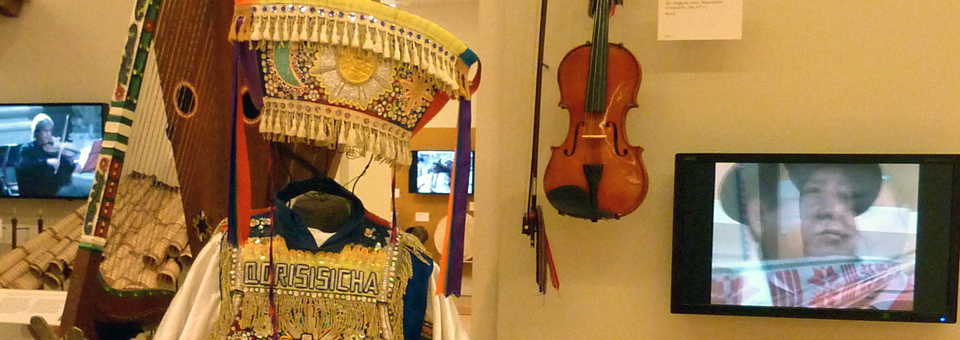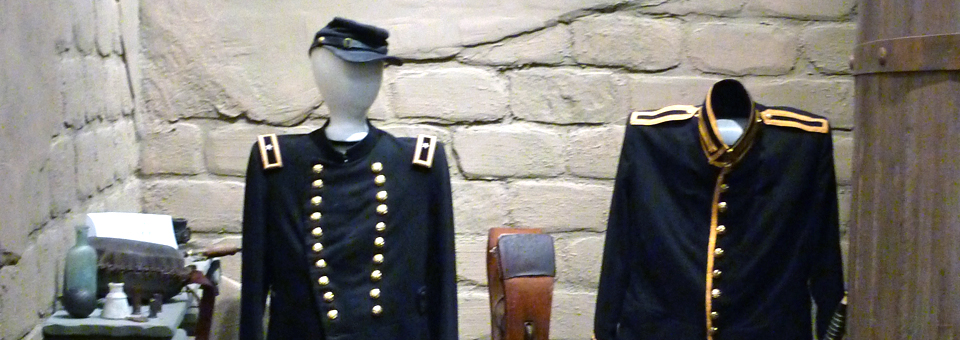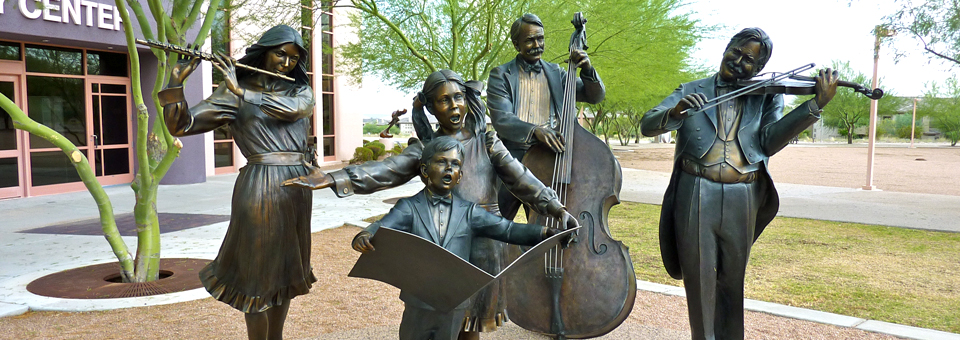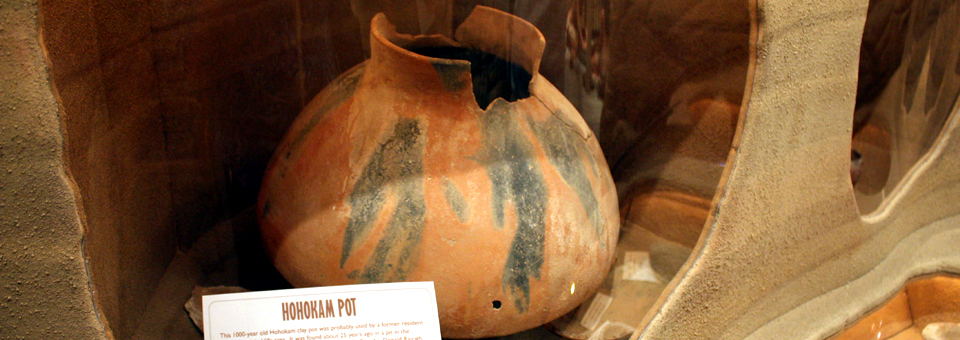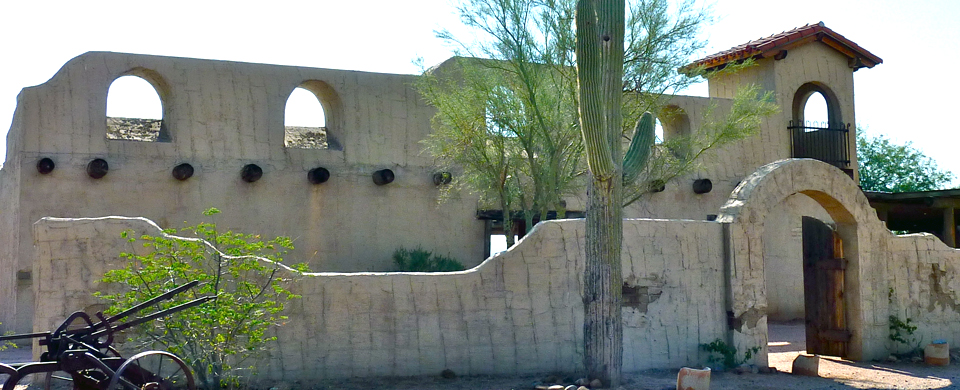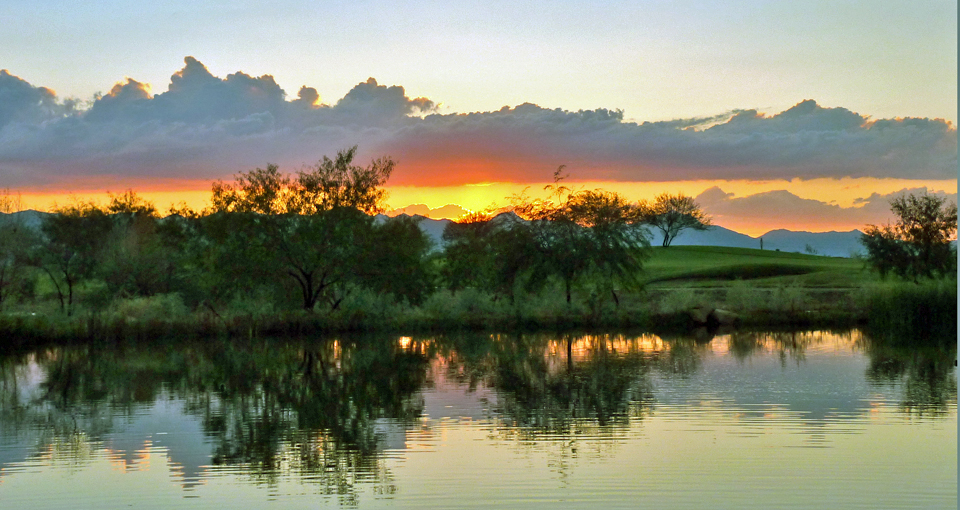Have a grand time in Greater Phoenix
Our 48th state is less than a century old but teeming with history–fur trappers, Spanish Conquistadors, prospectors and pioneers, cowboys and outlaws, and a Native American heritage going back three millennia.
Arizona is a state of stunning contrasts—the Grand Canyon and high mesas of Navajo and Hopi Country in the north, forested mountains and lakes of the high country in the east, and aquatic playgrounds in the west. Native American ruins, frontier outposts, and mining ghost towns are scattered throughout the central part of the state. From Tucson to the Mexican border, places like Tombstone, “The Town Too Tough to Die”, tell the stories of southeastern Arizona’s Old West.
Scottsdale
This time, we visited the Golden Corridor, the sprawling high tech Sonoran Desert metropolis between Phoenix and Tucson. With 334 days of sunshine a year, it has one of the largest and fastest growing populations in America. A visit is a taste of the West — old and new — and the opportunity to understand the Native American experience from another perspective.
We based our trip in Scottsdale, a city teeming with art and cultural attractions, dining and nightlife, resort hotels, and shopping galore. Its roots go to 1888, when former Civil War Chaplain Winfield Scott bought 640 acres on the south side of the Arizona Canal. As The West’s Most Western Town– a title contested by nearby Wickenburg– the city’s heart and history is the Old Town district.
First, we took Annie Breheny’s top-rated Arizona Food Tour’s A Taste of Old Town Scottsdale. It’s a three hour walking food and historical tour with food sampling at some of the area’s best watering holes, wine tasting, and a stroll along streets of the frontier. It’s history, anecdotes and tips on where to find the best of whatever interests you–happy hours, ethnic foods, nightlife, or little-known places a tourist would miss.
From the grub and cowboy music at The Rusty Spur, Scottsdale’s oldest and last real cowboy saloon to the pink-all-over Sugar Shack included in Bil Keane Family Circus cartoons, Annie covers a lot of territory, so wear comfortable shoes and sunscreen. ($42)
Our gastronomic find was FnB (for food and beverage), a popular gastropub where you can watch as your food is prepared. Seasonal, local, organic and sustainable produce is used whenever possible to create upscale comfort food and there’s an all-Arizona wine list. The best seats are along the bar that wraps around the prep area where Chef Charleen Badman works her magic. Charleen’s leek gratin headed Food and Wine’s 10 Best Restaurant Dishes of 2010, and FnB was listed as 2010 Best New Restaurant in Phoenix magazine, The Arizona Republic, and Phoenix New Times.
Thursdays, the thirty year tradition of ArtWalk takes place 7-9 pm. The sidewalk trail passes public art and leads to galleries along Main Street and Marshall Way. Parking is free in Scottsdale, and the free trolley runs later for this event.
La Parada de Sol, at the end of January, is one of America’s oldest officially sanctioned events, and the world’s largest horse drawn parades. A week later there’s rodeo.The month-long celebration kicks off with the Hashknife Pony Express galloping 200 miles from Holbrook to the main post office in Scottsdale’s Old Town to deliver 20,000 first class letters.
Soleri
Architect Paolo Soleri is best known for Arcosanti, his urban laboratory and 5,000 person prototype town seventy miles north of Phoenix. Scottsdale’s public art program commissioned him to design a pedestrian suspension bridge downtown spanning the historic Arizona canal. It opened December, 2010, connecting the largest shopping destination in the Southwest, Fashion Square, as well as the Waterfront shops, restaurants, and canal pathways on one side with SouthBridge’s three acres of non-chain retail and dining, the Arts District, the Entertainment District, the Center for the Performing Arts, and Old Town on the other. Its two 64’ pylons act as a sundial. Light passing through a small opening marks the walkway with solar events like solstice and equinox.
Soleri received a Ph.D with highest honors from Torino Polytechnico and was granted a fellowship with Frank Lloyd Wright at Taliesin and Taliesin West. Commissioned to build a ceramics factory in Italy, he went on to create his signature ceramic and bronze wind bells and siltcast structures. He lives at at Cosanti, also the site of his gallery and studio, in Paradise Valley, a short drive from downtown Scottsdale.
Proceeds from his bells fund the Cosanti Foundation and Arcosanti. Now 91, he continues his research and experiments with earth-formed concrete structures and urban planning in accordance with what he calls “arcology”–architecture consistent with ecology.
Taliesin West
One of the best windows into Frank Lloyd Wright’s life is his Scottsdale home and architectural autobiography, Taliesin West, a design free of client influence. America’s best-known architect was actually never licensed and considered formal education a waste of time. He dropped out of the University of Wisconsin in Madison after two semesters, apprenticed under Adler and Sullivan (Father of the Skyscraper) in Chicago and was fired for accepting independent commissions. He attributed much of his success and philosophy of learning by doing to this experience.
In 1932, following personal scandals and his career waning, Wright began a learning laboratory in Wisconsin with twenty-three apprentices. He purchased this Arizona land after doctors advised him to go to a warmer drier climate and brought his apprentices from Wisconsin to build the structures from indigenous materials— desert rocks and sand.
Taliesen West, completed in 1937, became Wright’s winter studio, home to the Frank Lloyd Wright School of Architecture, and his residence.
The Insights Tour ($32, age 60+ $29) includes the opportunity to see the restored living quarters, sit in furniture he designed, and imagine being one of the influential potential clients invited for Taliesin evenings when his formally dressed apprentices served, learning grace, etiquette, and attention to detail for their future in business.
Desert Botanical Garden
To best experience the beauty of the desert, head for the red buttes of Papago Park and follow the scenic trails of the Desert Botanical Garden. Sixty-five acres are under cultivation, and it has one of world’s finest collections of desert plants.
There are specimens from around the world, with emphasis on the Southwest. The Sonoran has the greatest diversity of cacti–over 140 species– most notably its unique Saguaro, which can grow 40-60 feet high, live 150- 200 years, and weigh several tons.
Musical Instrument Museum
The quote in the foyer of the Musical Instrument Museum, the first global museum of its kind, is “music follows the pathways of human movement”. The collection of over 12,000 instruments and objects represents every country in the world and offers a unique opportunity to experience and compare the sounds of each region as you travel between exhibits.
Wireless headsets activate on approach to wi-fi hotspots and flat-screen monitors, and mute upon moving away, so that sounds are confined to each exhibit. See a Peruvian Scissor Dance, strike a gong in the Experience Gallery and see Paul Simon’s guitar in the Artist Gallery. It’s a snazzy state-of-the-art musical trip around the world.
Fountain Hills
Fountain Hills is a master planned suburban community established in 1970 after Robert McCulloch, best known for his chainsaws, purchased the P-Bar cattle ranch property. Charles Wood, Jr., who designed Disneyland, developed the plan.
McCulloch bought the London Bridge when he founded Lake Havasu City in Arizona, and built what was then the world’s tallest man-made fountain here. It gushes ten feet higher than the Washington Monument.
Scenic Fountain Hills is on the eastern slope of the McDowell Mountains and bordered by Scottsdale, the Fort McDowell Yavapai Nation, and the Salt River Pima Maricopa Indian Community. It is known for its public art, most notably its fountains and bronze sculptures.
Eighty percent of amethysts mined in the USA are from the nearby Four Peaks Mine. Native Americans used it for arrowheads, and Spanish explorers shipped it to Spain for use in several countries as crown jewels.
Its River of Time Museum is a gem of a place to discover things like how the Verde Valley was formed and developed, why the direction of the Verde River reversed, why the Red Mountain takes on a rosy glow when the sun sets, and how rocks were used to communicate. Learn about migrations to this area, how westward expansion affected those already here, and how the communal Hohokam’s legacy of canals became the foundation of the Golden Corridor.
The Yavapai: Fort McDowell Adventures
Fort McDowell was established in 1865 to protect pioneers, prospectors, and trade routes from Apache raids. Before long, the peaceful Yavapai, often mistaken for Apache, were forced from their fertile farm and grasslands to Camp Verde before being marched to San Carlos Reservation.
In 1903, President Roosevelt ordered the Yavapai returned to their ancestral land, allocating a 40 square mile area about 23 miles northeast of Phoenix, here by the Four Peaks.
About 600 of the 950 members of the Yavapai Nation now live on the Arizona Indian Reservation. They own 24,000 acres in Maricopa County and numerous businesses, including the Radisson Fort McDowell Resort and Conference Center, Fort McDowell Casino, and Fort McDowell Adventures.
Fort McDowell Adventures offers a taste of the Wild West, a venue for parties and celebrations, and, most notably, Yavapai cultural heritage programs. Labor Day through Memorial Day, there are Friday adventures that include a popular Friday Night Franks cookout experience. Kayaking, a Green Zebra Tomcar Experience, horseback riding, cultural heritage tours, and jeep tours are available for groups of four or more. Corporate teambuilding activities include city slicker cattle drives and trail rides.
The Yavapai celebrate the successfully prevention of the sale and flooding of their land for the construction of the Orme Dam with an annual fair and rodeo. The Indian Gaming Regulatory Act was passed in 1988. When the state opposed signing compacts and sent federal agents to confiscate machines, the tribe held a three week standoff and won approval. The raid day, May 12, is now a tribal holiday.
The Pima-Maricopa Indian Community
The Sheraton Wild Horse Pass is on the Gila River Indian Community’s 372,000 acre reservation. Its architecture, design, art and services are authentic representations of the Pima (Akimel O’otham) and Maricopa (Pee Posh) heritage, culture, and legends.
The Pima trace their roots to the Hohokam (HuHugam) “those who have gone”, designers of the irrigation system still in use. In the mid- to late 18th century, the Maricopa joined the Pima farming here. They hold common cultural values–sharing resources for the common good, revering nature, and holding the surrounding mountain ranges sacred.
They welcomed settlers and California Gold Rush prospectors. Their continued hospitality is expressed today in both Pima and Maricopa murals in the resort entrance.
The soaring glass wall in the foyer of the four-diamond Sheraton Wild Horse Pass faces west, framing a magnificent view of the sacred mountains where 1500 wild mustangs still roam. The ceiling dome is surrounded by ten colorful panels, each depicting a different cultural theme.
The Pima legacy includes the name Arizona, from “a’al-sho-shon” meaning many springs or water. They cultivated the plant for the USDA used for durable and absorbent Pima cotton. The symbol on our silver dollar of the eagle clutching arrows in its claw is from the Pima legend of Eagleman.
Pima basketry and Maricopa pottery designs are represented throughout the resort. There is a golf club, equestrian center, and boat ride that takes guests along a replica of the Gila River to the casino. Aji (Pima Sanctuary) Spa offers the only authentic Native American spa services in existence, and uses techniques passed down by Pima medicine healers like massage therapist Belen Stoneman.
Kai, Pima for seed and the highest rated restaurant in the state, offers a menu of Native American cuisine with global accents created in consultation with tribal elders that uses ingredients grown by the local Gila River Indian Community. There is a dress code, and reservations should be made well in advance.
A beautifully presented fusion of American and Arizona desert cuisine is served at Ko’Sin, Pima word for kitchen. Book a table with a view of the Sierra Estrella Mountain Range at sunset for a breathtaking view.

